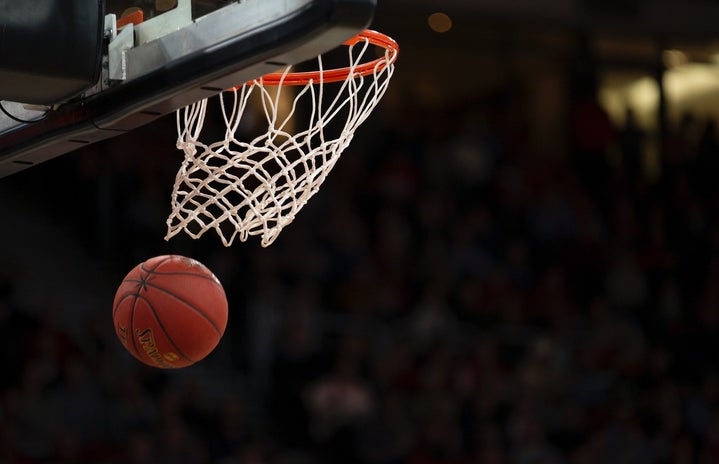Over the past few years, women’s college basketball has gained a lot more support, and rightfully so. To put it into perspective, the 2024 NCAA Women’s Championship broke the record for the most-watched women’s college basketball game on record three times in six days.
The Iowa-South Carolina championship game had 18.9 million viewers, the UConn-Iowa Final Four game had 14.4 million viewers and the LSU-Iowa Elite Eight game had 12.3 million viewers. Names like Caitlin Clark, Angel Reese, JuJu Watkins, Cameron Brink, Paige Bueckers, and Sabrina Ionescu have become household names in college basketball, just to name a few.
But how exactly did women’s college basketball get to this point of breaking records left and right?
Some fans and even coaches of basketball have claimed that this increased momentum has come from the increased pace of the game.
“There’s just more versatility as well as athleticism, and that leads to more possessions and more impact on the game”, claims Courtney Banghart, current women’s basketball coach for the University of North Carolina, Chapel Hill.
While it is undoubtedly true that there is an unfathomable amount of talent in women’s college basketball, there is much more involved in the behind-the-scenes of what allowed women’s college basketball to gain time in the spotlight. It is shallow to attribute this support merely to the increase in possessions. This mindset invalidates the amazing talent on the court in recent years, especially all those who have come before them.
“I think the rule changes have helped tremendously, the four quarters and the foul situations and stuff… and the talent level is as high as it’s ever been,” states Kelsey Plum, a former Point Guard for the University of Connecticut from 2013-2017.
In June 2015, the NCAA Playing Rules Oversight Panel issued a rule change for the 2015-2016 women’s NCAA season. This rule change was also an initiative that allowed for teams to move away from the 1-and-1 free throws. In the four-quarter format, a team will reach the bonus and shoot two free throws on the fifth team foul, instead of at seven fouls in the men’s NCAA games. Additionally, team fouls reset to zero at the start of each quarter.
Having more possessions means elite scorers have to be in even better shape, something the average fan doesn’t understand, according to Kelsey Mitchell, an all-star from Ohio State University who played in 2014-2018.
This increased support for women’s college basketball is also symbolic of a societal change in the perception of women as a whole. For so long women were expected to be wives, mothers, and maids, leaving their only attributes to be characterized by their roles within the house. However, women began to wonder if they could ask for more. And so they did.
The Title IX amendments were passed in 1972 by the United States federal government, a large vehicle for this societal shift. Title IX protects people from discrimination based on sex in education programs or activities that receive federal financial assistance. This means that there could be no discrimination from scholarships based on sex, and this now includes athletic scholarships.
The first men’s NCAA basketball tournament was held in 1939. It wasn’t until nearly 50 years later, in 1982, that the NCAA allowed women to compete in an NCAA tournament of their own. Only a year prior, on Jan. 13, 1981, women’s athletics programs and services were included within the NCAA structure, even though women had been participating in their own leagues long before 1981.
This means that women’s college athletics had to make up almost five decades of support that men’s teams had before them. They had to prove themselves time and time again to show that they were worthy of support. It is about time that these amazing athletes have begun to get recognition for their amazing talent and strong morals.


